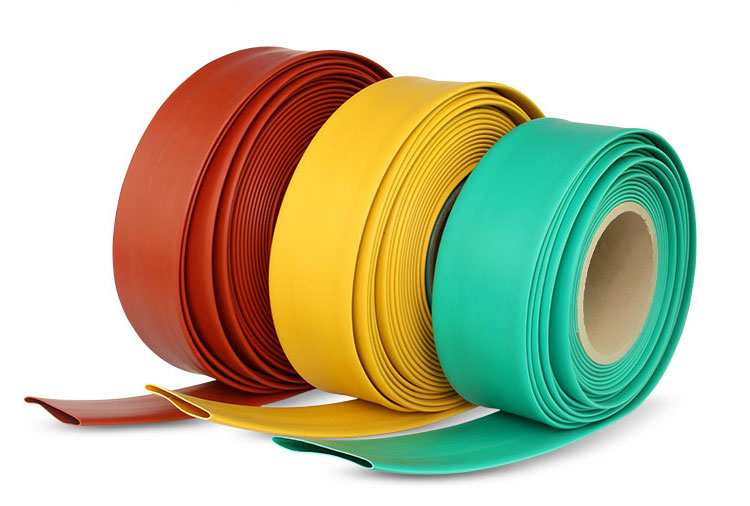
1. All material specifications, models, and voltage levels should meet design requirements and have product certificates.
2. Each cable should be marked on specification, model, voltage level, length, and manufacture date. The cable tray should be in a good condition.
3. The cable exterior condition is intact. The armor has no rust and no mechanical damage. It is shiny and bright without wrinkles and distortions. The cable jacket and insulation show no aging and cracks.
4. Before laying carry out an insulation rolling test or voltage withstand test. Use a megger-rated voltage to measure insulation.
Take the following level:
Voltage carrying capacity 11KV and 33KV Cable: The 2500V megger.
When cable testing is completed, cover it with rubber materials immediately.
5. Calculate each cable length according to design and actual path. Arrange each cable reasonably without cable joints.
6. Cable protection sleeve has been embedded. Clean pipe residue and protect nozzles.
7. Other subsidiary materials: cable marking piles, cable signs, paint, gasoline, sealed lead, stearic acid, white belt, rubber cloth, black cloth, etc. should meet the requirements.